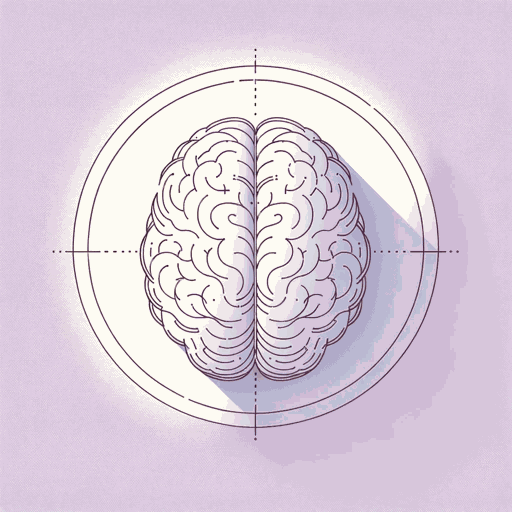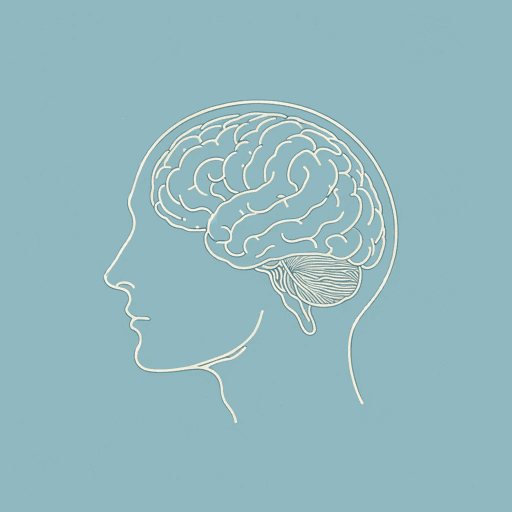56 pages • 1 hour read
David HumeA Treatise of Human Nature
Nonfiction | Book | Adult | Published in 1739A modern alternative to SparkNotes and CliffsNotes, SuperSummary offers high-quality Study Guides with detailed chapter summaries and analysis of major themes, characters, and more.
Book 2, Part 3Chapter Summaries & Analyses
Book 2, Part 3 Summary
Hume now describes the “direct passions” (447), which he defines as emerging straight from pain and pleasure or good and evil. These include grief/joy, fear/hope, and desire/aversion. This is also how Hume sees the will, which he views as one of the “immediate effects” (447) of pain and pleasure.
Hume considers the question of whether human behavior emerges out of necessity (reactions based on the impressions and ideas formed through sensations) or liberty (total free will). Hume notes one argument that necessity does not drive human behavior: “Necessity is regular and certain. Human conduct is irregular and uncertain” (451). To this, Hume responds that the process through which we develop our experiences and ideas in response to the physical environment around us is similar to how we respond to human behavior, which Hume calls “moral evidence” (452). The causes driving the behavior of individual humans do vary, but humans actually do consistently act based on our own individual experiences, interests, and needs.
From there, Hume challenges the philosophical idea of liberty. He lays out a series of three objections.
Related Titles
By David Hume




